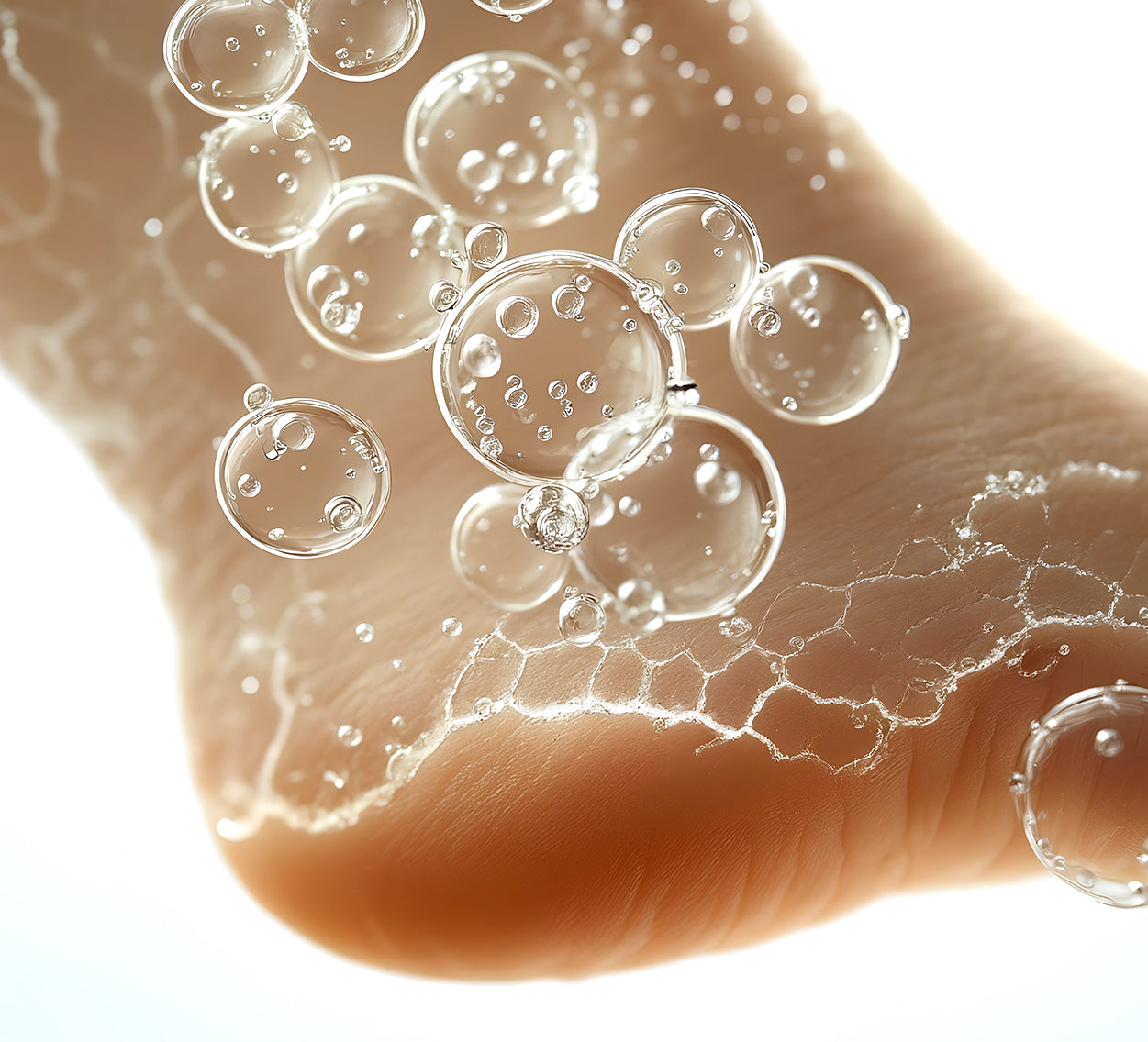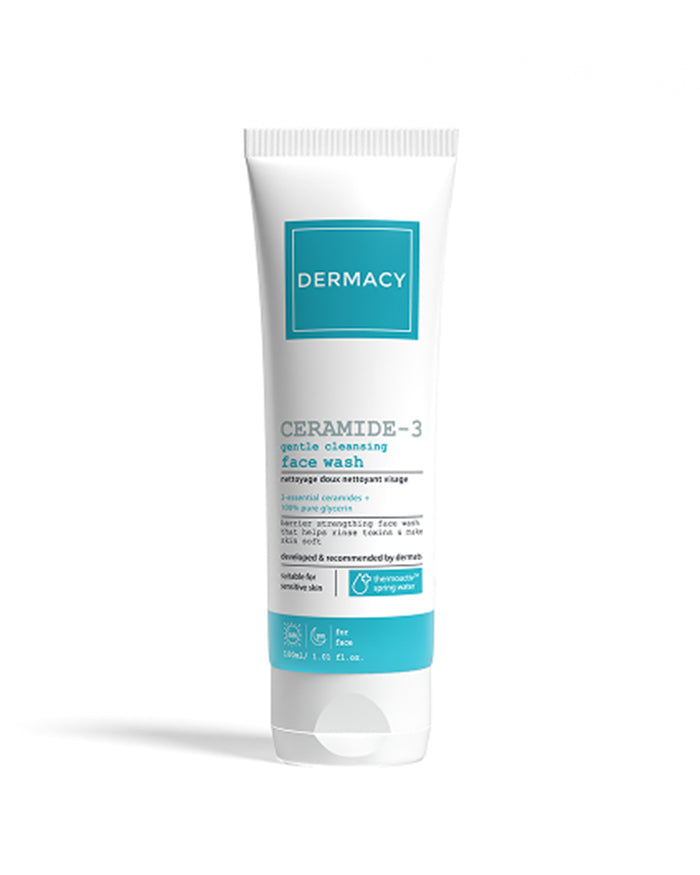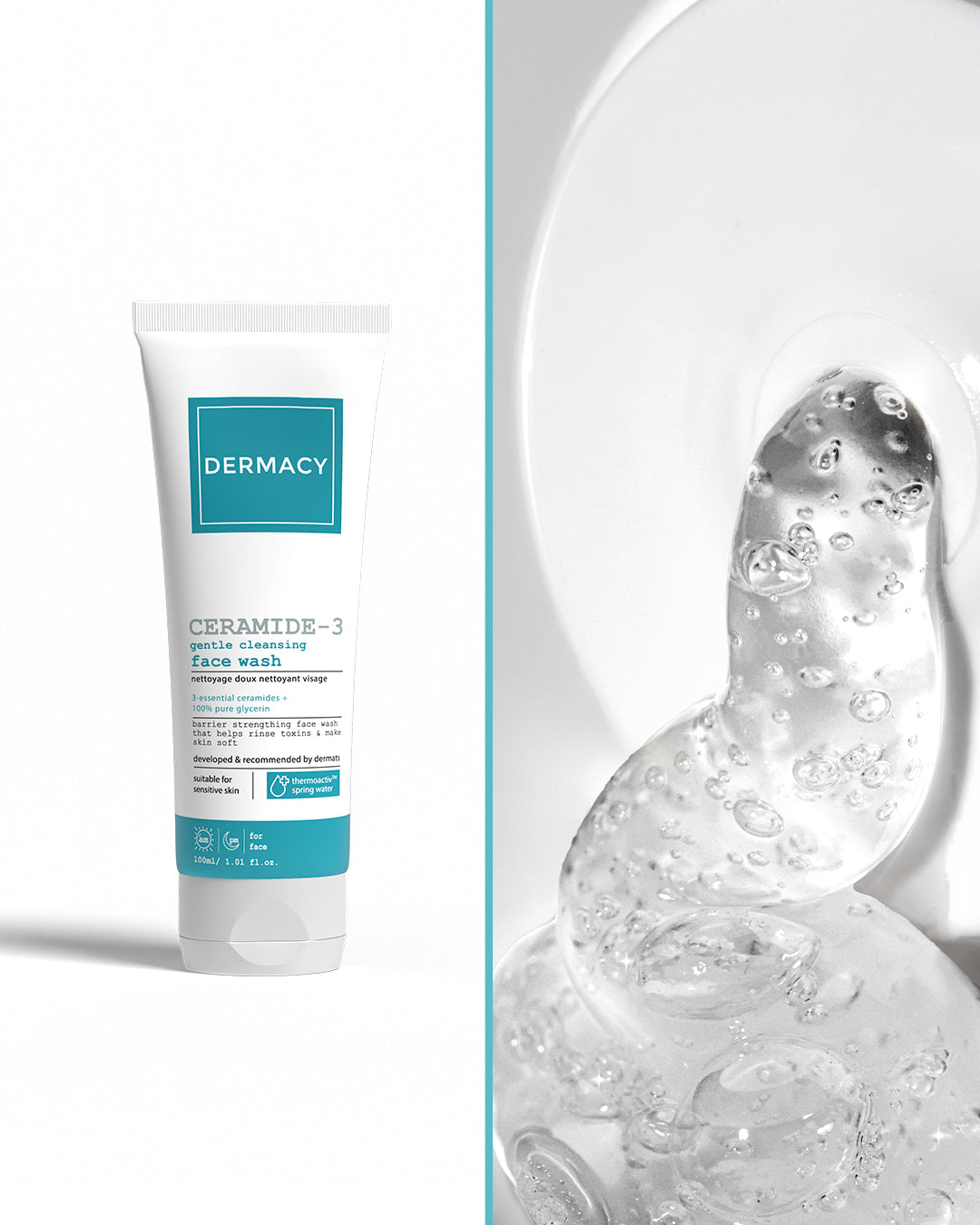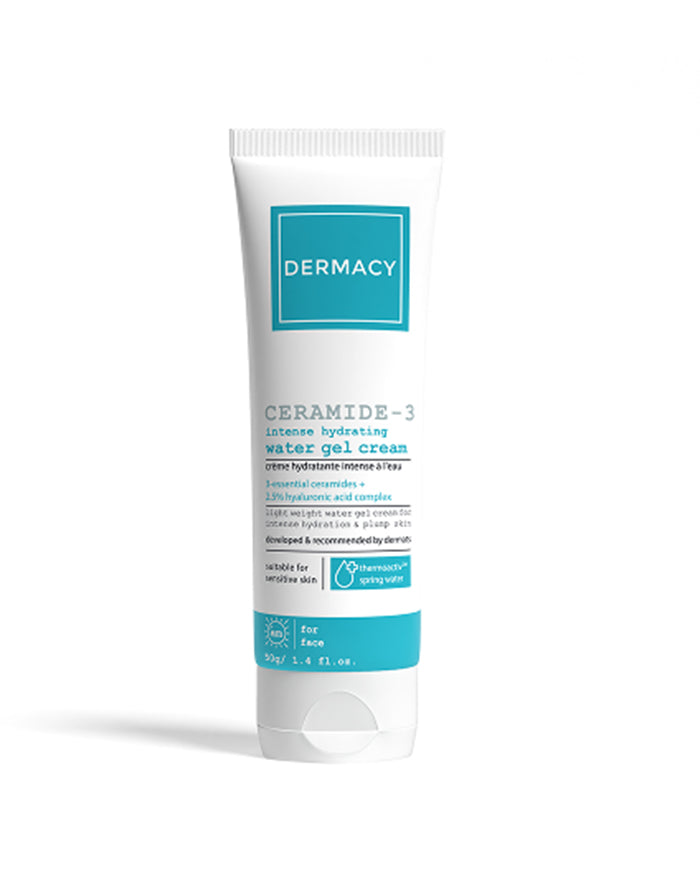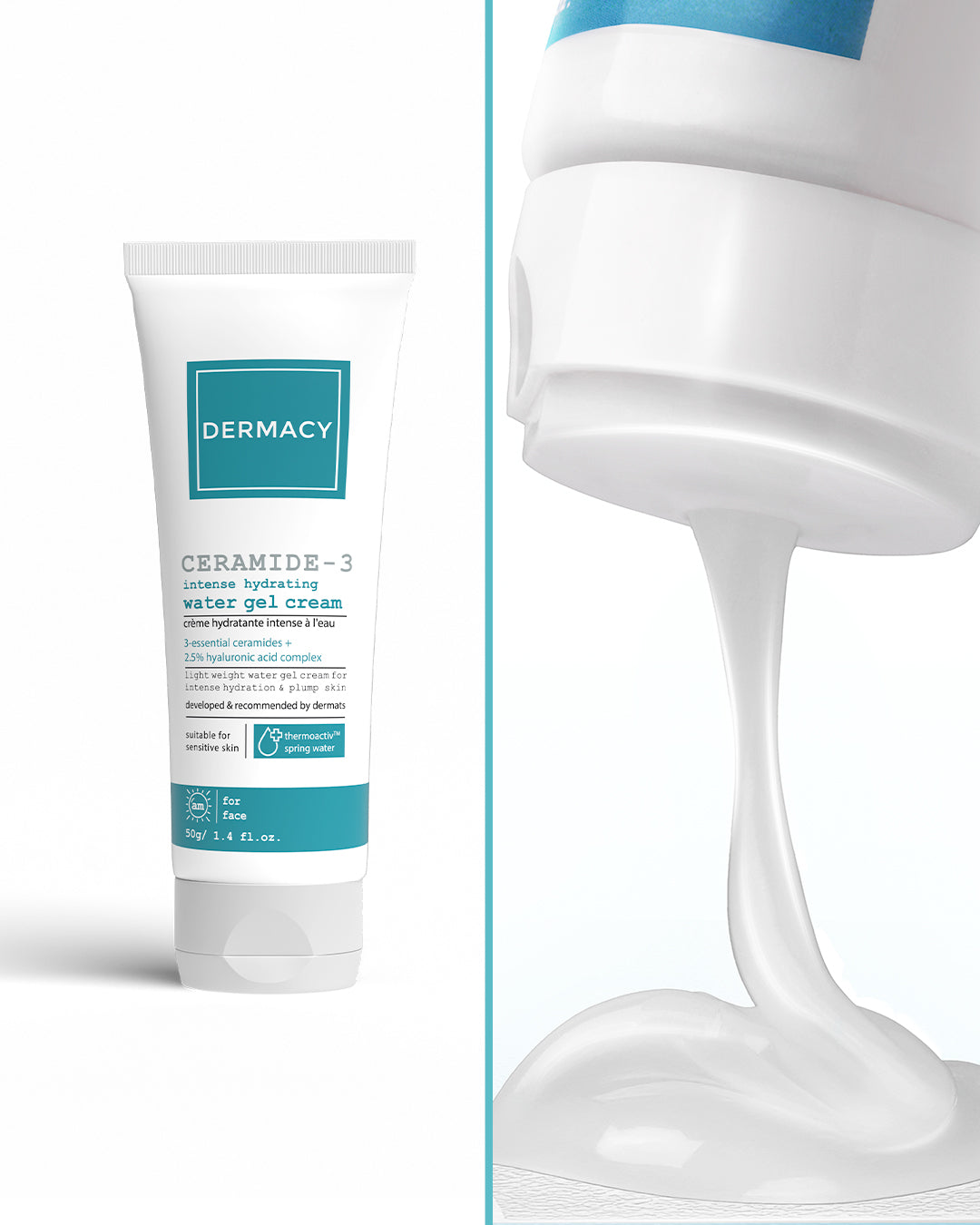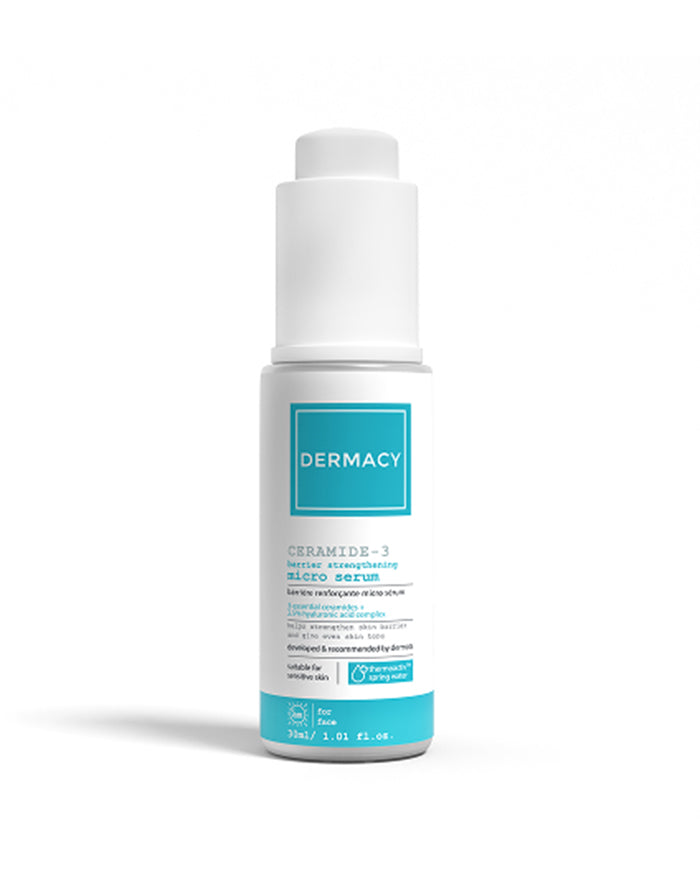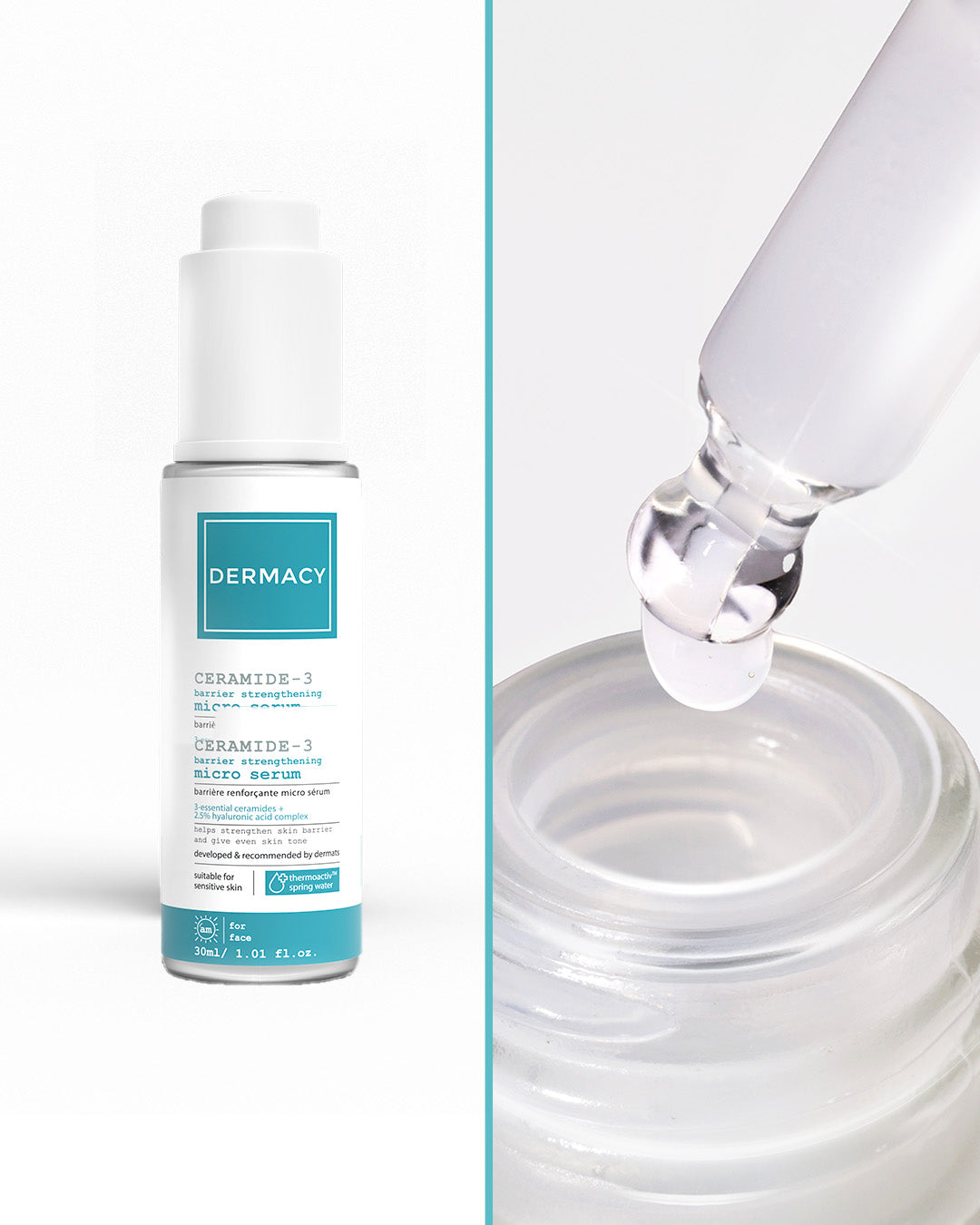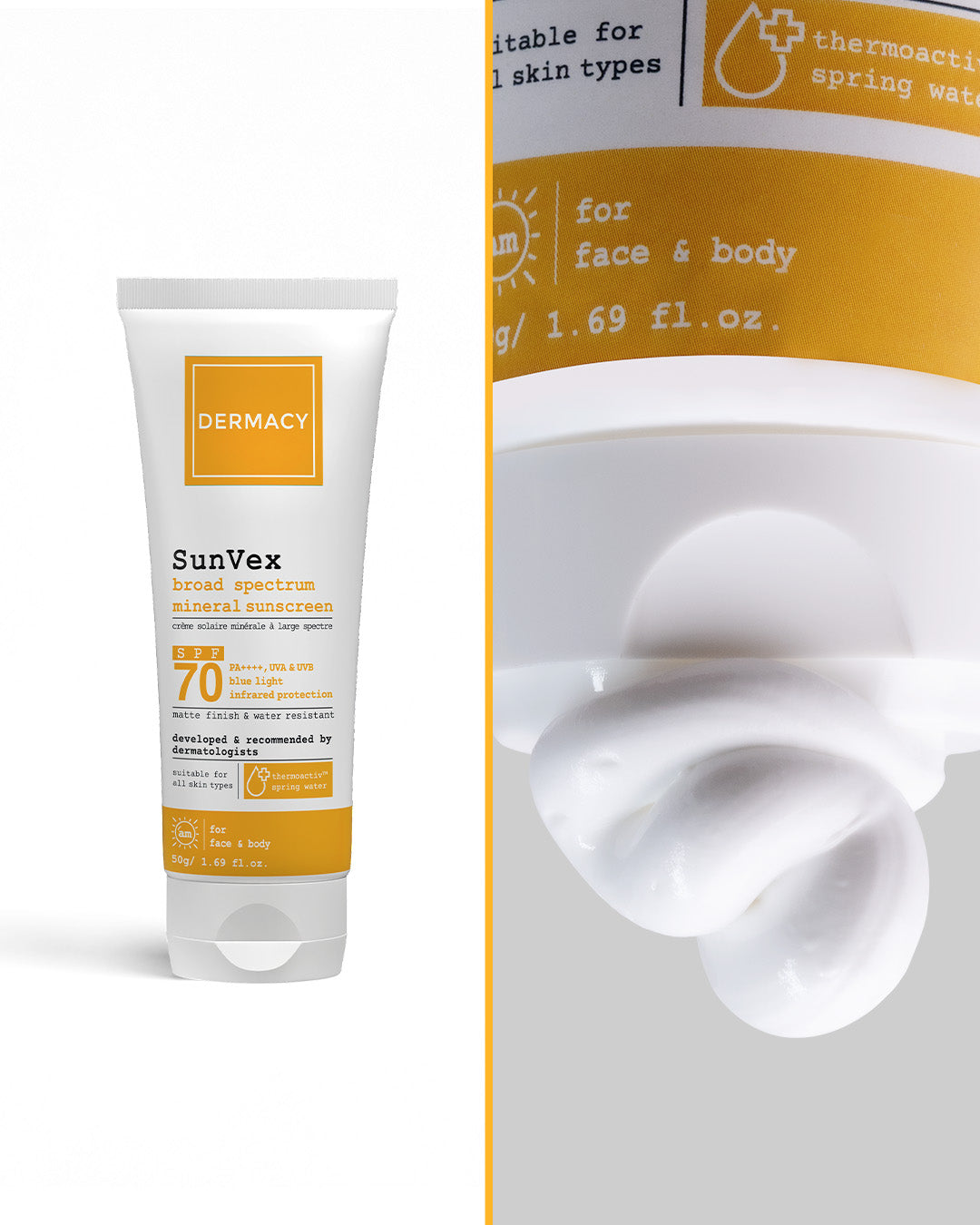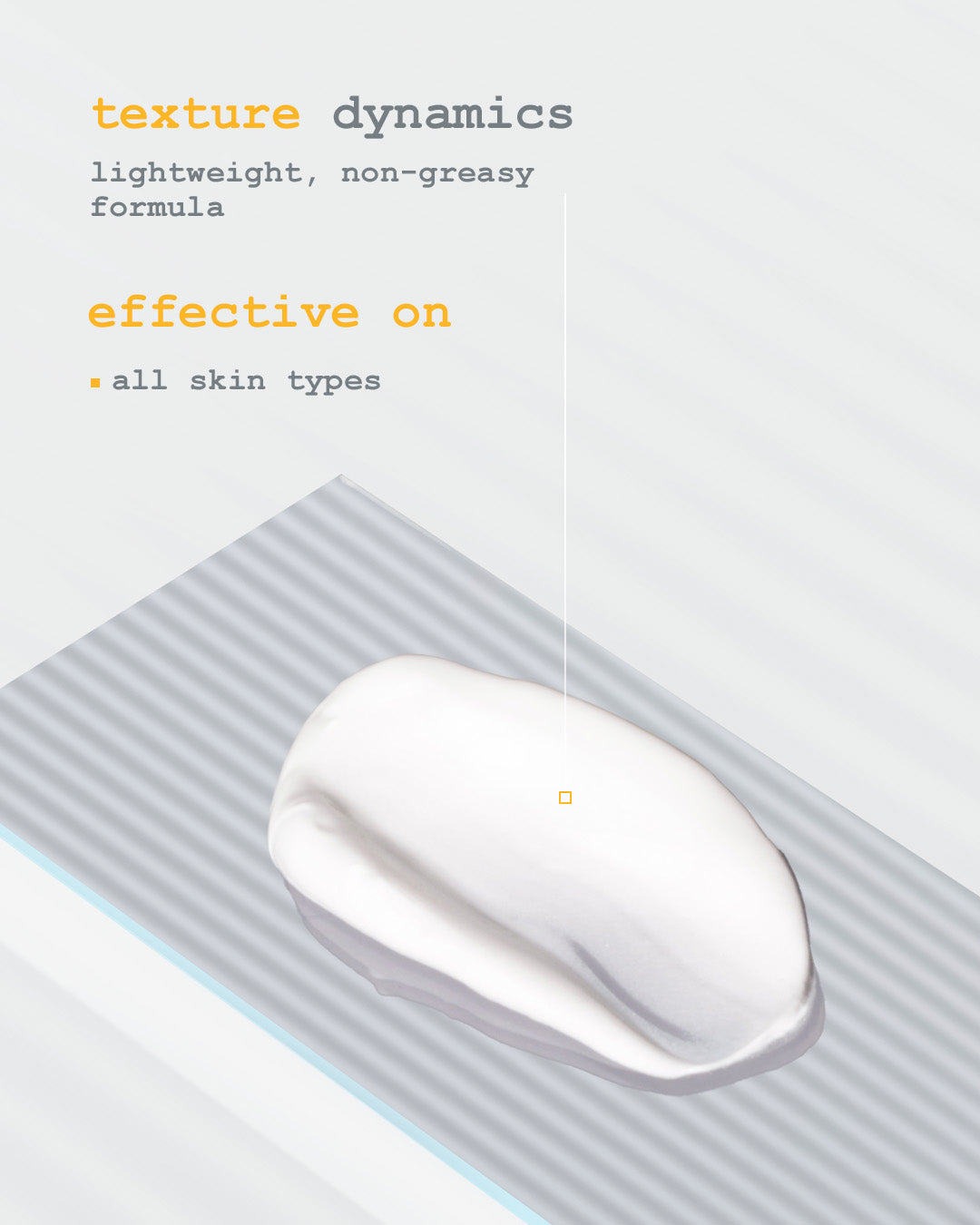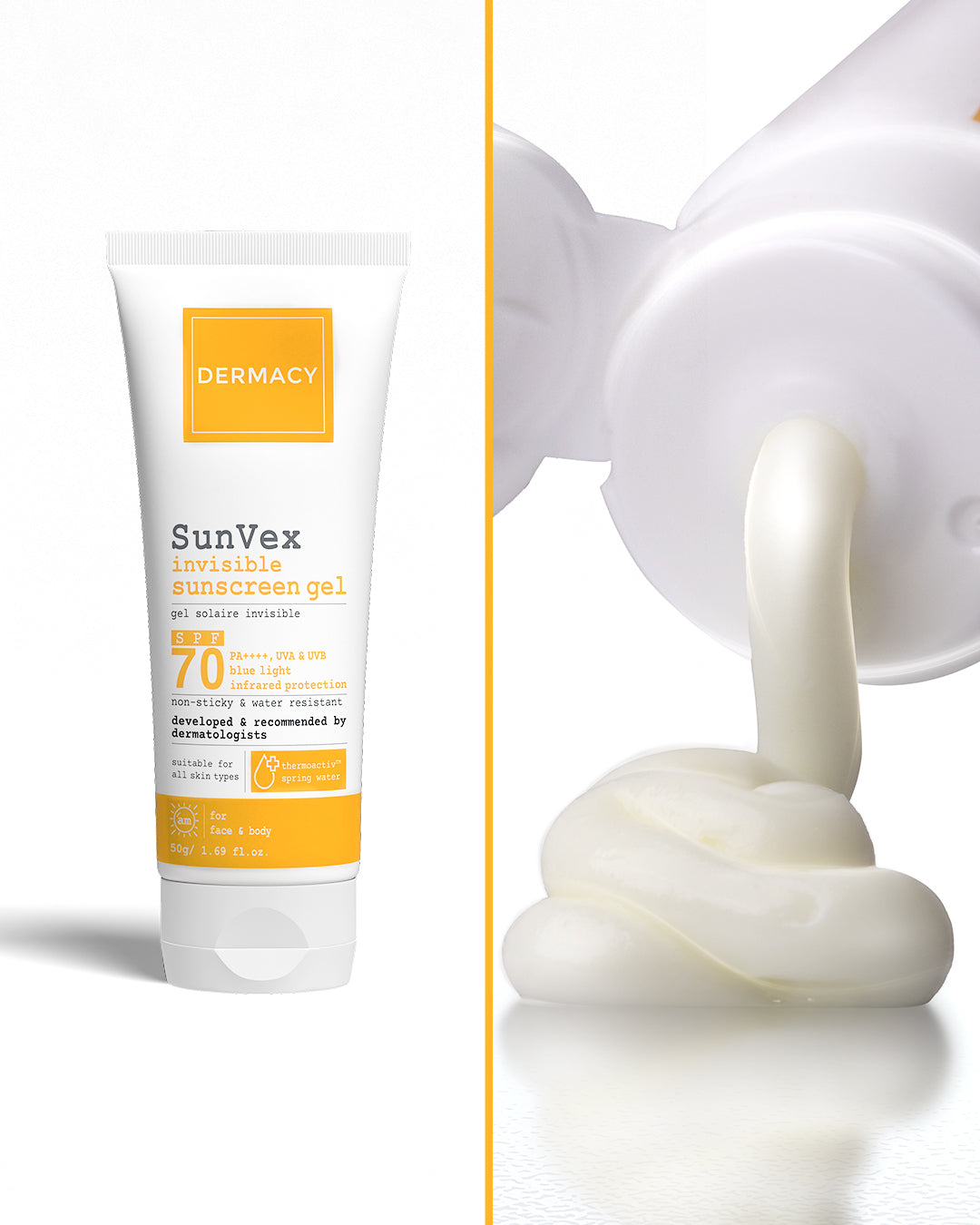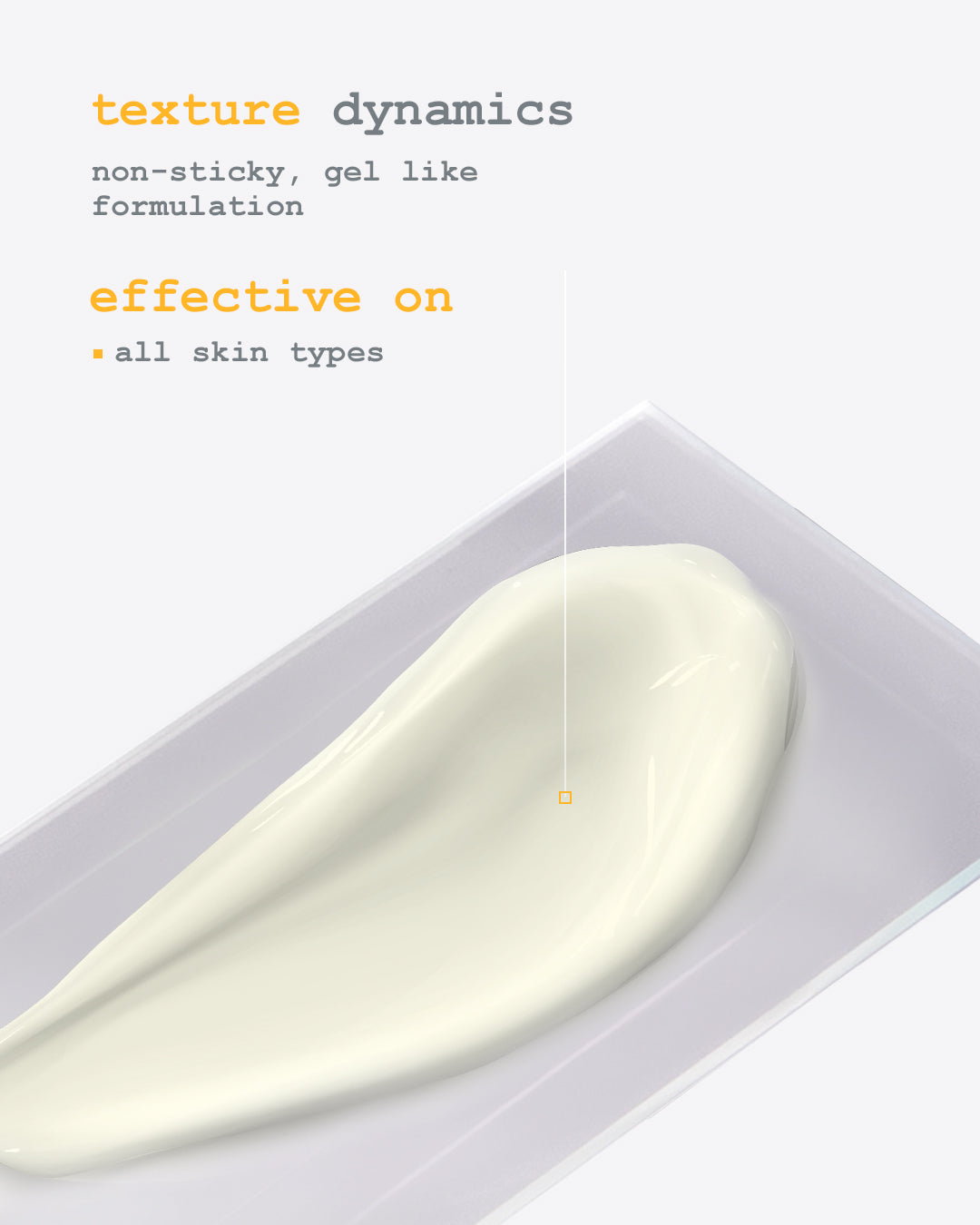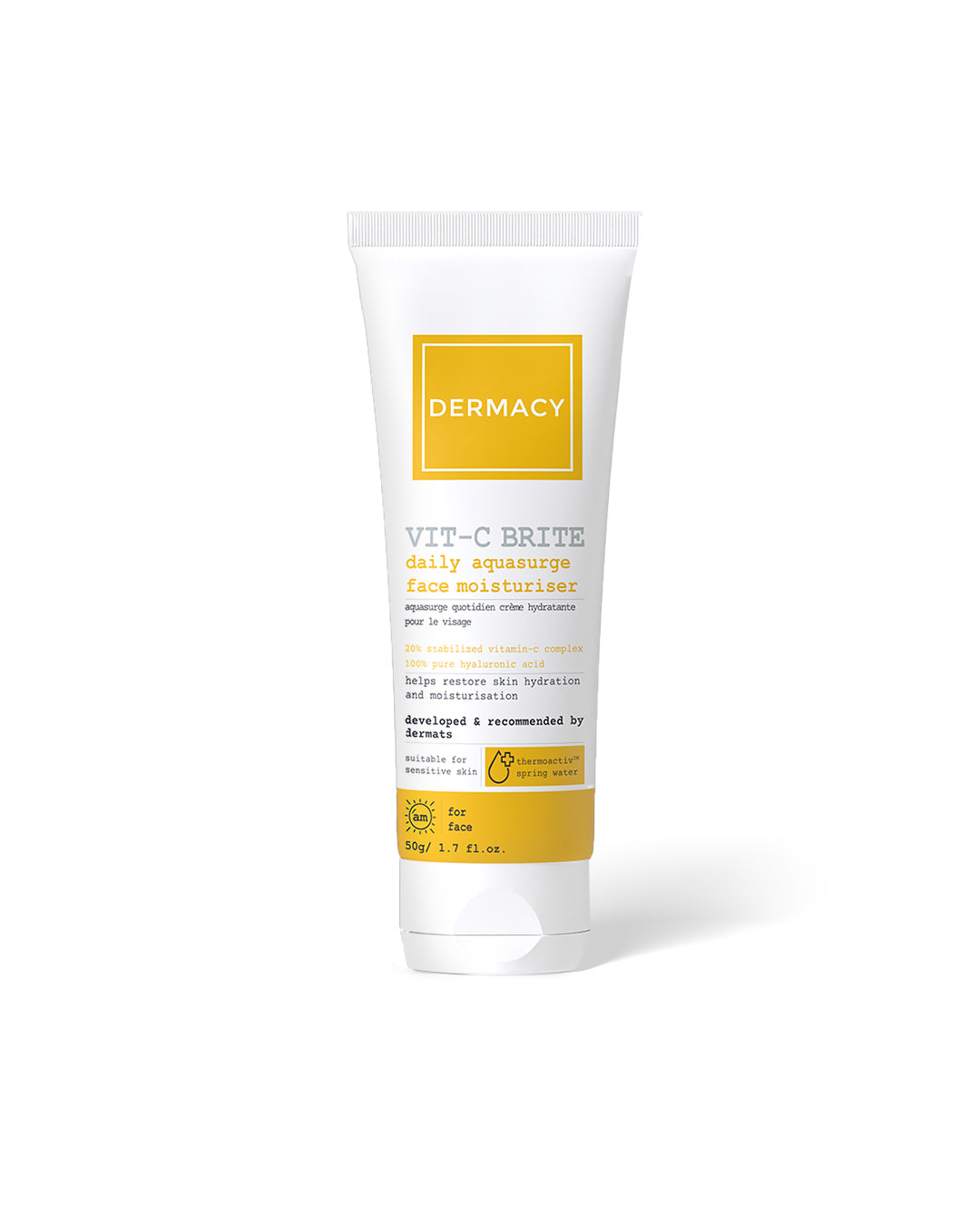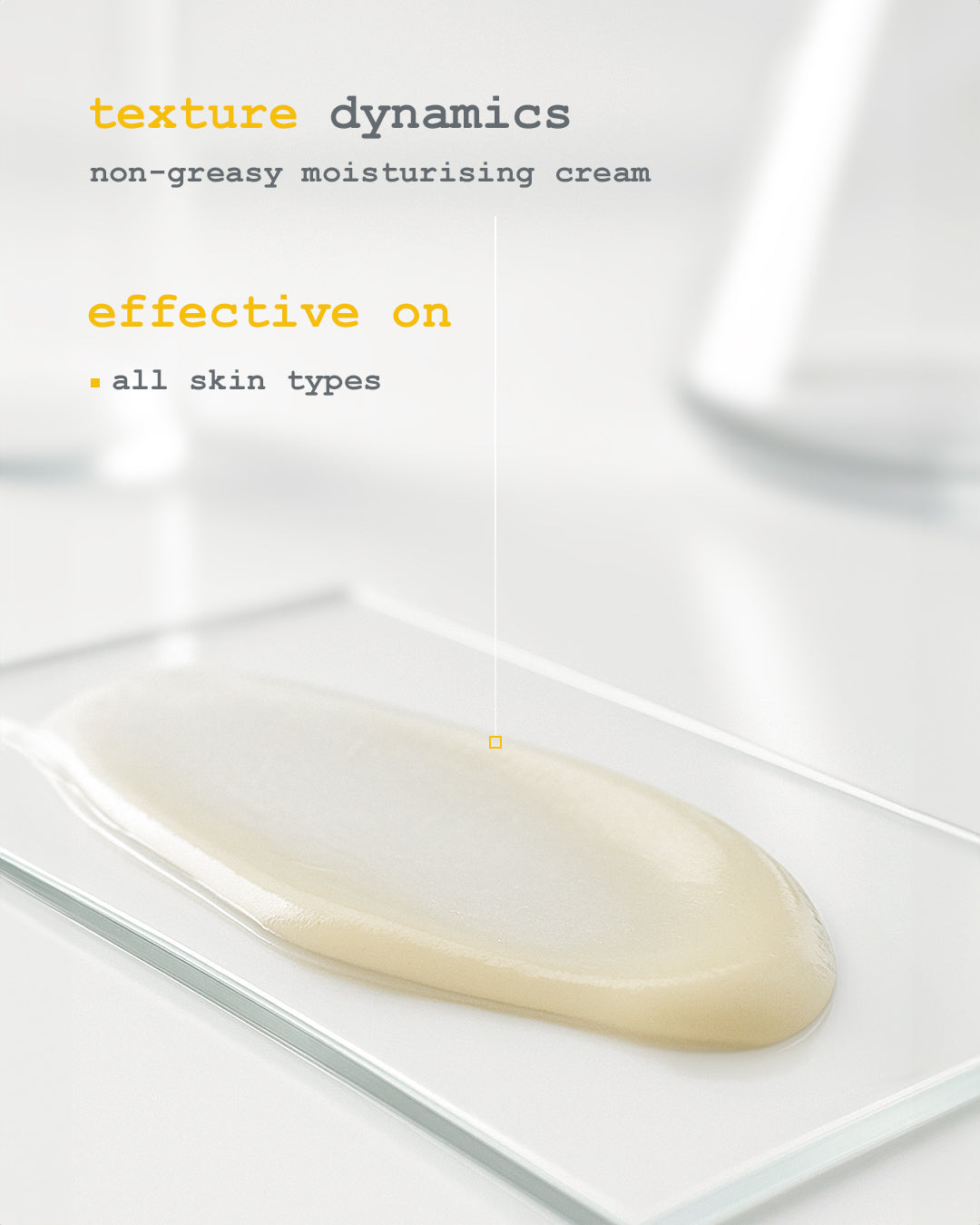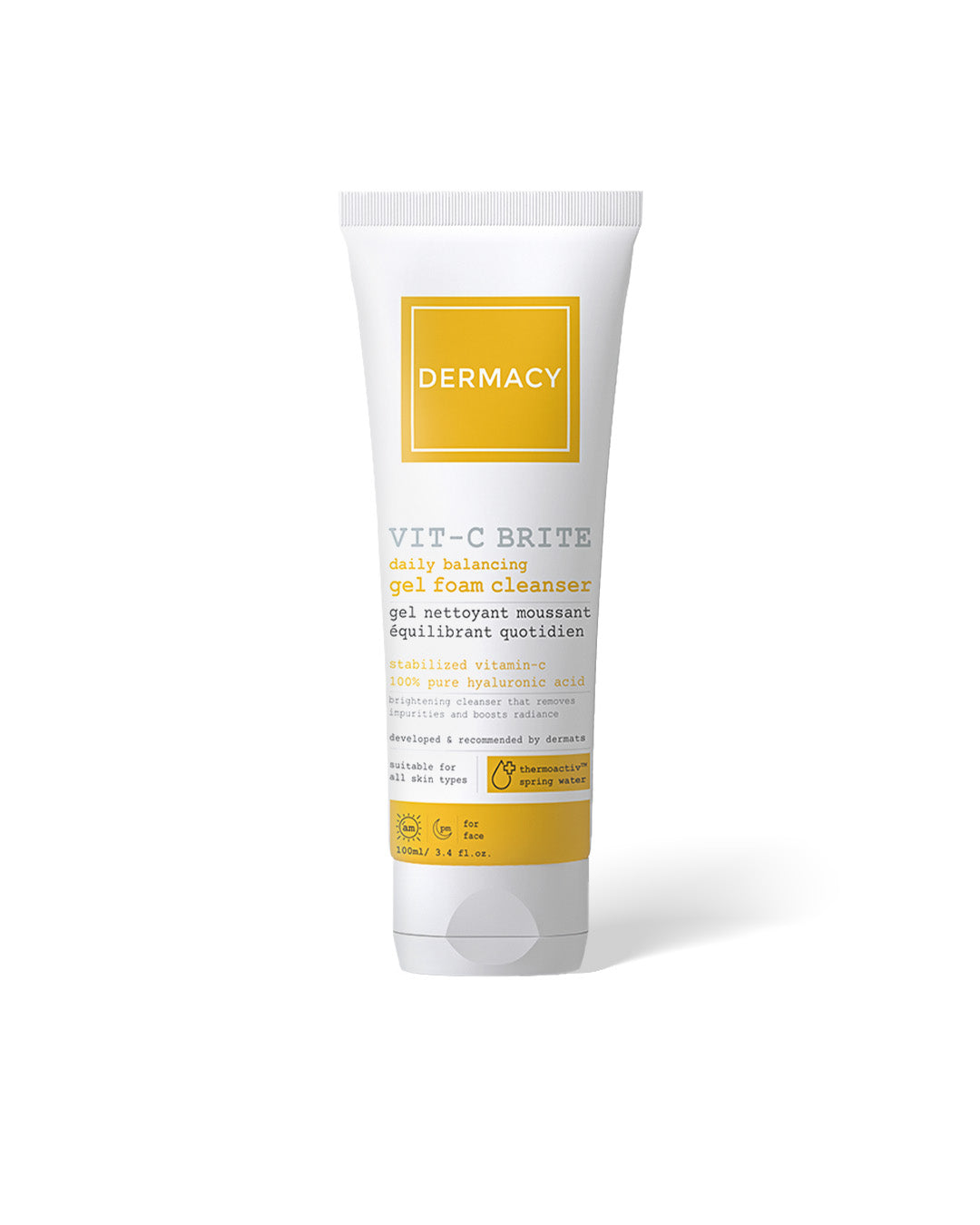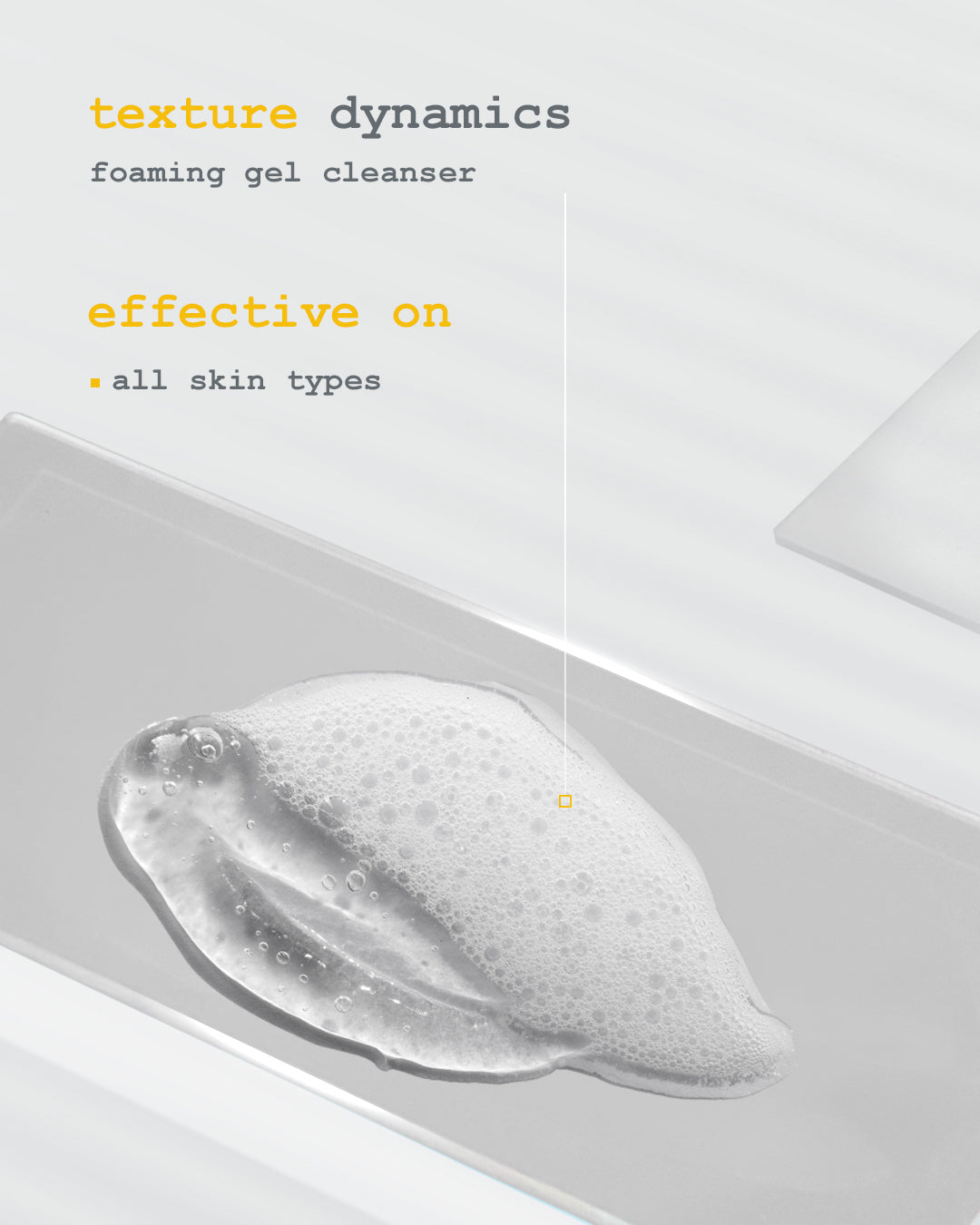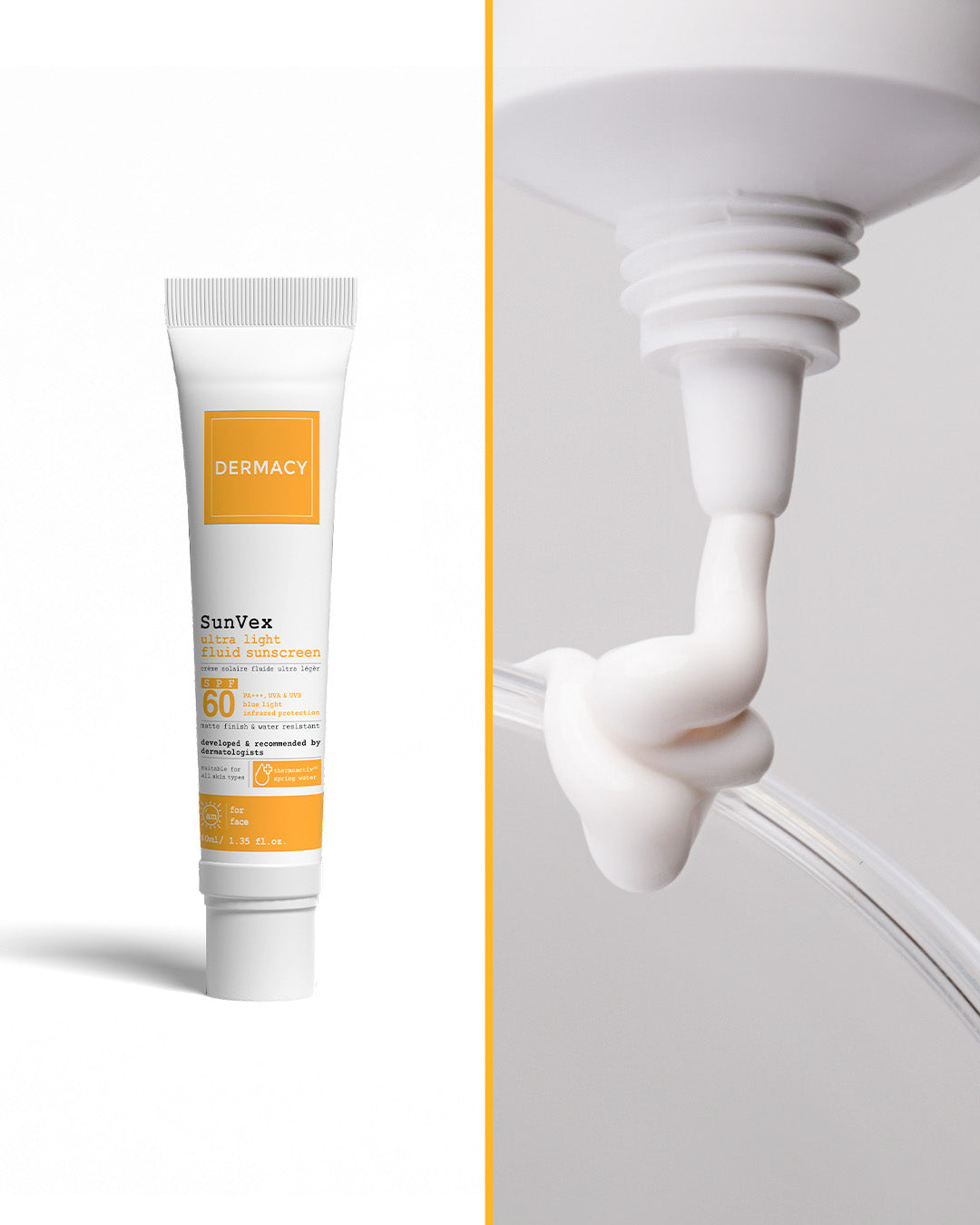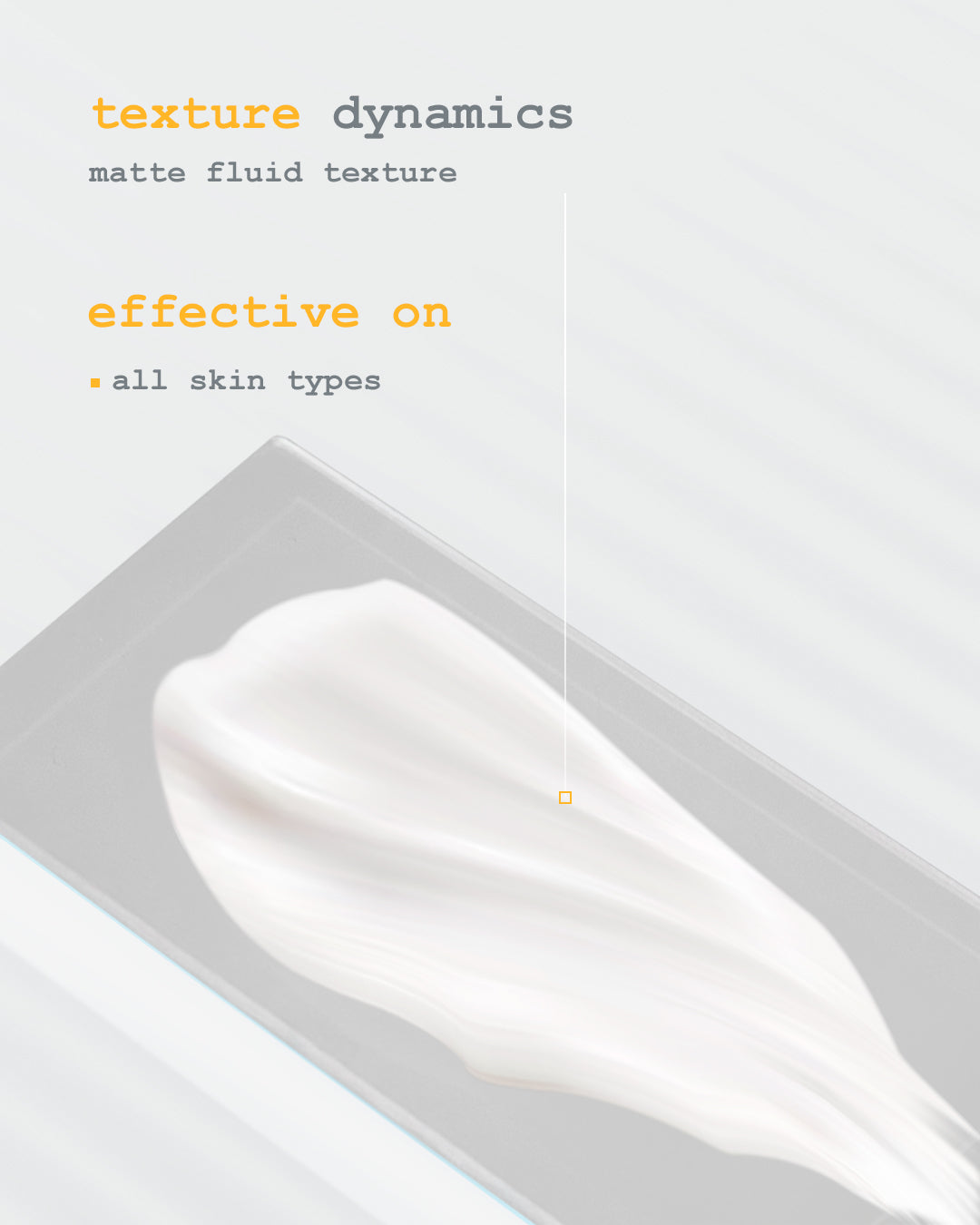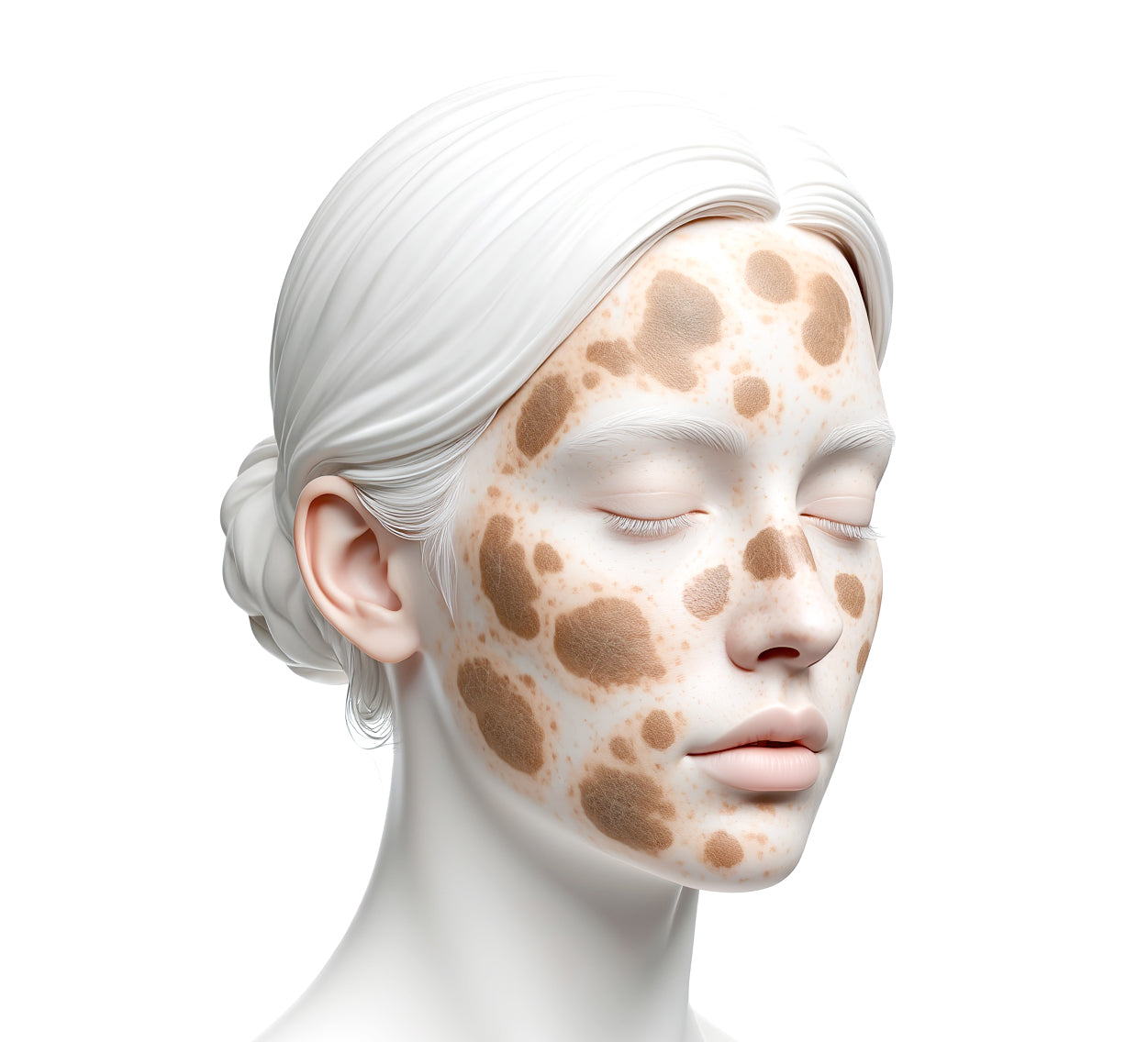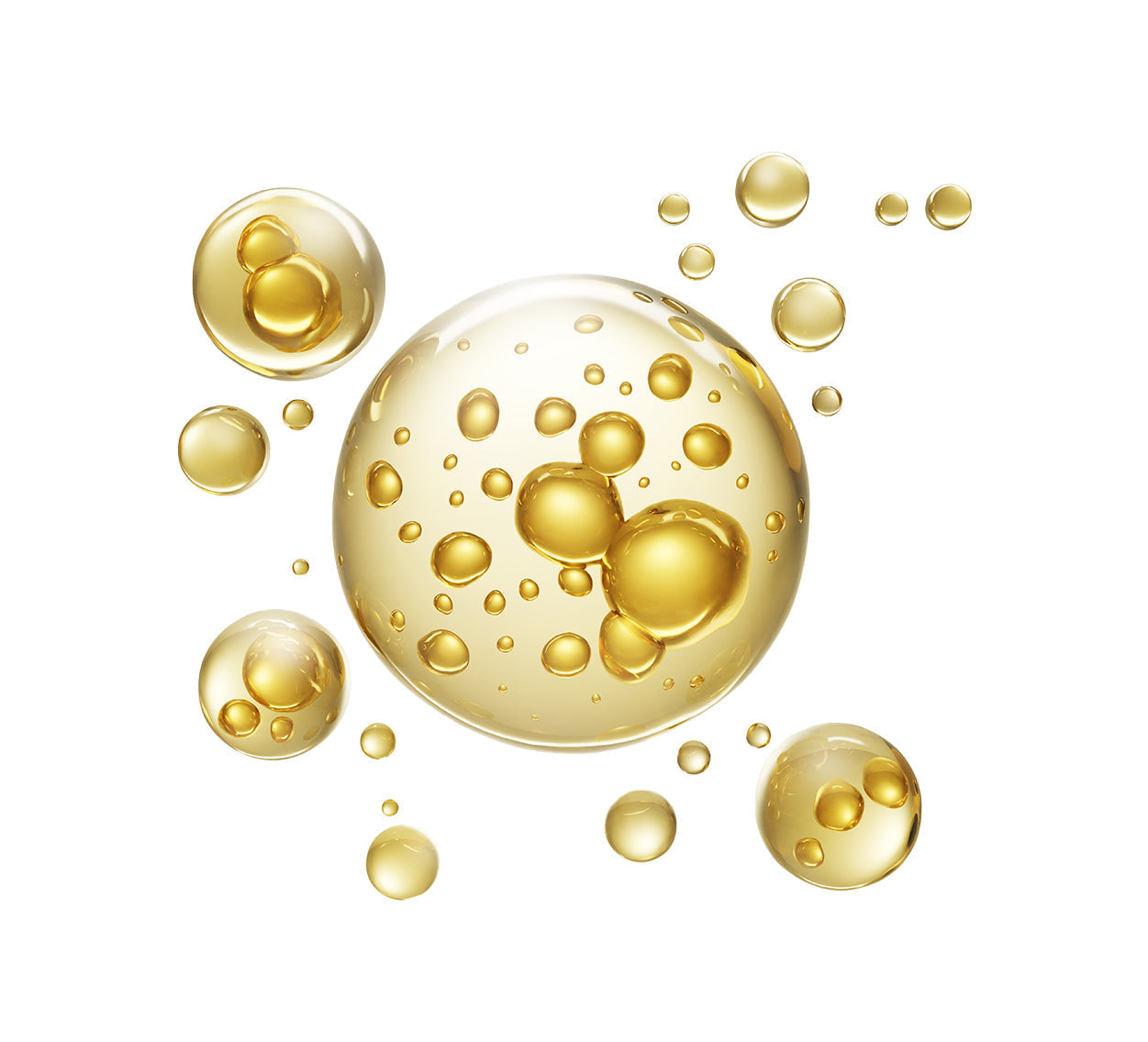Glycolic Acid: A Clinical Approach to Exfoliation and Texture Renewal
What Is Glycolic Acid?
Glycolic acid is a sugarcane-derived AHA with the smallest molecular size in its category, allowing for deeper penetration into the skin. It is commonly used in toners, serums, peels, and exfoliating cleansers.
How Glycolic Acid Works
This acid breaks down the bonds between dead skin cells, encouraging natural exfoliation and increasing skin turnover. This leads to:
- Smoother skin texture
- Brighter, more even tone
- Enhanced penetration of other skincare actives
- Clearer, more refined pores
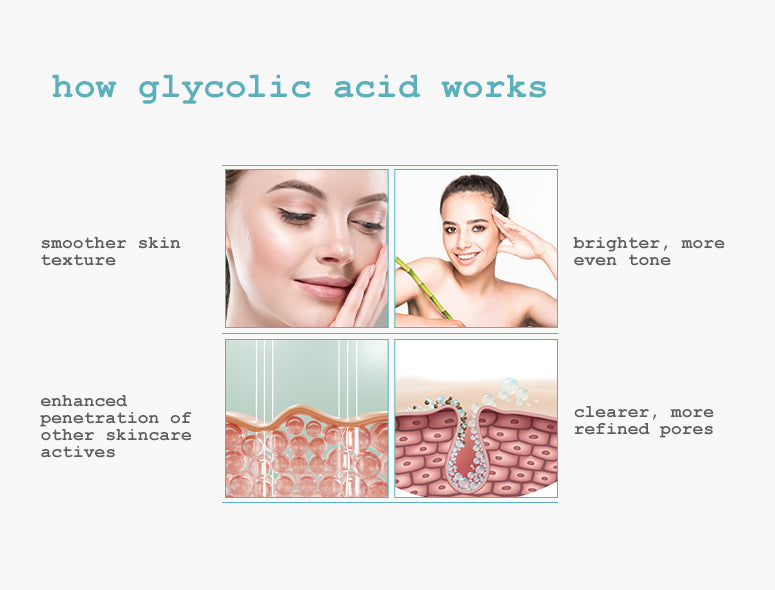
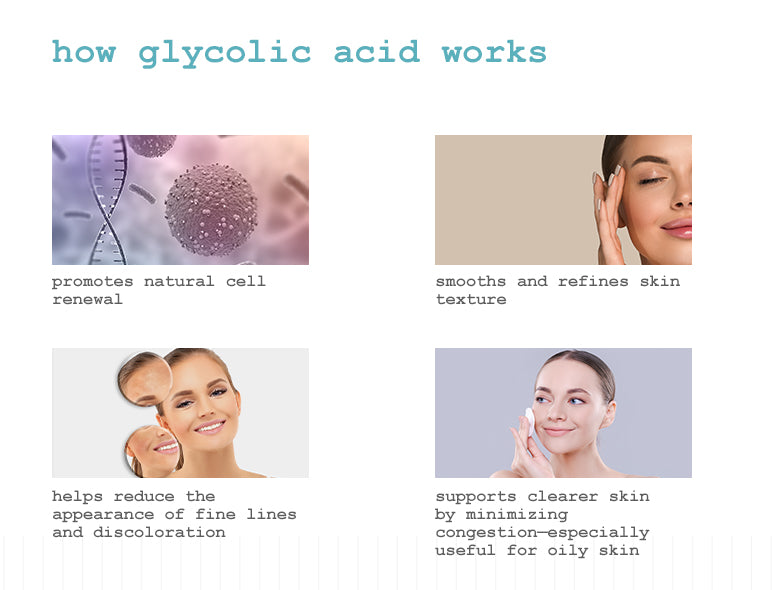
Benefits of Glycolic Acid
The benefits of glycolic acid extend beyond surface exfoliation:
- Promotes natural cell renewal
- Smooths and refines skin texture
- Reduces dullness by removing dead skin buildup
- Helps reduce the appearance of fine lines and discoloration
- Supports clearer skin by minimizing congestion—especially useful for oily skin
- Enhances absorption of moisturizers and serums
How to Use Glycolic Acid in Your Routine
- Start with 2–3 applications per week; increase frequency gradually based on skin tolerance
- Apply after cleansing, as a toner or serum step
- Always follow with a moisturizer
- Use broad-spectrum SPF daily to protect against sensitivity
- Particularly effective for normal, combination, and oily skin
- Those with sensitive skin should proceed with caution to minimize skin irritation
Final Takeaway
Glycolic acid remains a dermatologist-recommended option for resurfacing and improving skin texture. By accelerating cell turnover and clearing surface buildup, it supports brighter, smoother skin over time. With consistent, correct use, it can be a foundational step in treating roughness, congestion, and the buildup of dead skin—especially in those with oily skin concerns.





